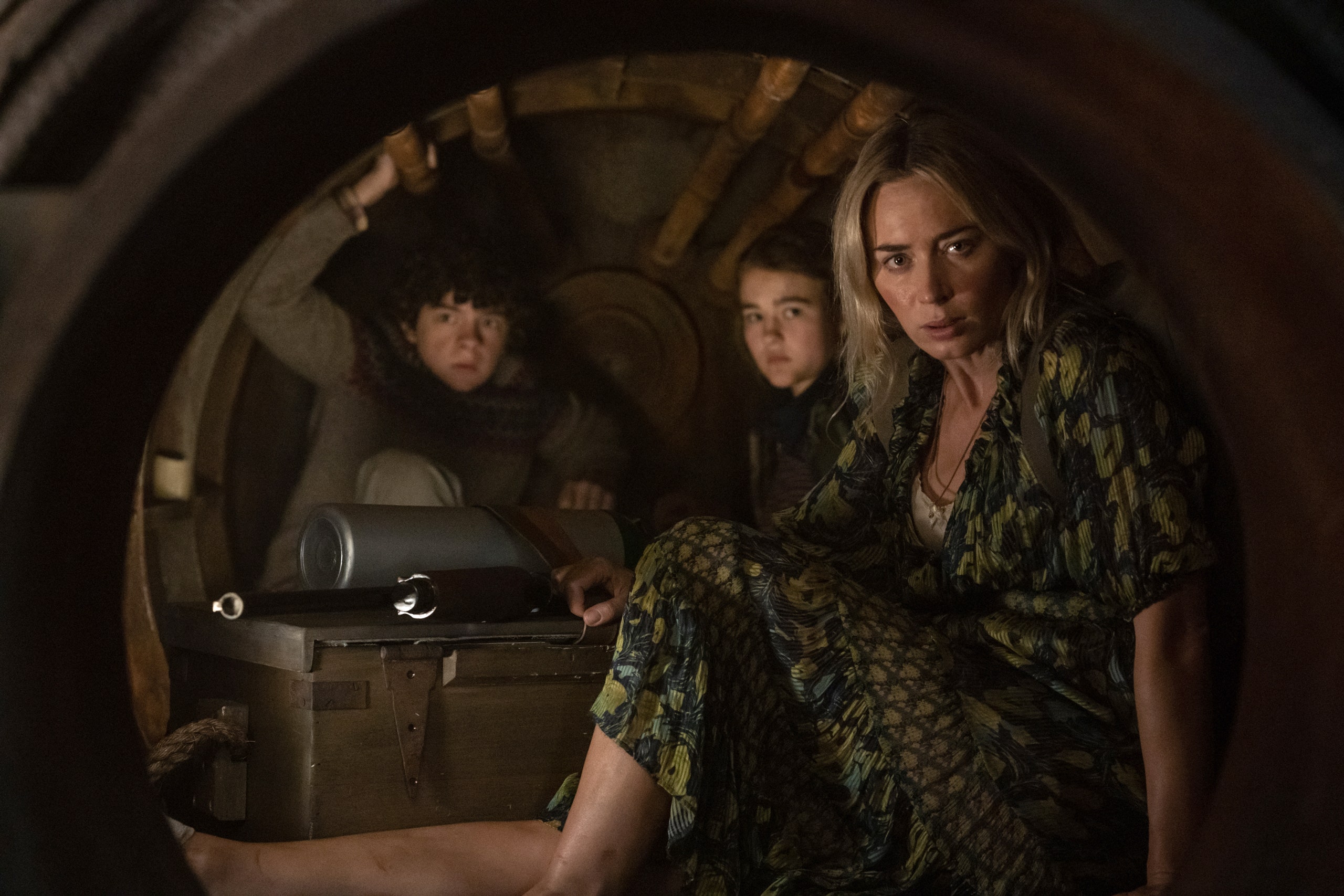Table of Contents Show
When it comes to establishing the mood of a piece of media, the musical score is an especially effective tool. Scores, more than plot details and character dialogue, develop a story’s ambiance, and this created atmosphere helps fully define the world of that media. Scores can be tense, exciting, exhilarating — but what happens when scores have to convey a more complex emotion?
Isolation is an interesting and unique mood for composers to take on. Creatives might use less dialogue in order to show one’s loneliness, which means there may often be long stretches of time when the music is the only sound in the project. This gives composers an opportunity as well as a challenge: how can one use music’s power to affect the entire movie’s mood, and how can one create a score that complements the visuals rather than overpowers them? A great isolation score can remind the audience that they may be alone, but they are never without hope.
Isolation In Space
For most of the population, the idea of going to space right now is improbable. Even with recent experiments showing that space travel may be feasible in the future, most everyone has never been to space. Composers thus have the duty to tap into existing understandings of loneliness to help the audience comprehend what being in space feels like. These scores, in particular, do a great job of showing the mundanity and loneliness that are not often shown in high-action films.
Wolf 359
The audio drama Wolf 359 strikes a balance between the beauty and terror of space and the hijinks that happen with one’s coworkers. Beginning in 2014, Wolf 359 follows three people and their AI unit who are orbiting the red star Wolf 359 under orders from a mysterious company. Their mission is unclear, and what seems to be a simple story about getting along with others in a crowded spaceship quickly evolves into a character-driven space drama of epic proportions. Music is central to the story: Communications Officer Doug Eiffel keeps picking up transmissions of classical music, making it clear from the beginning that music is an important tone-setting device that demands the listener’s attention.
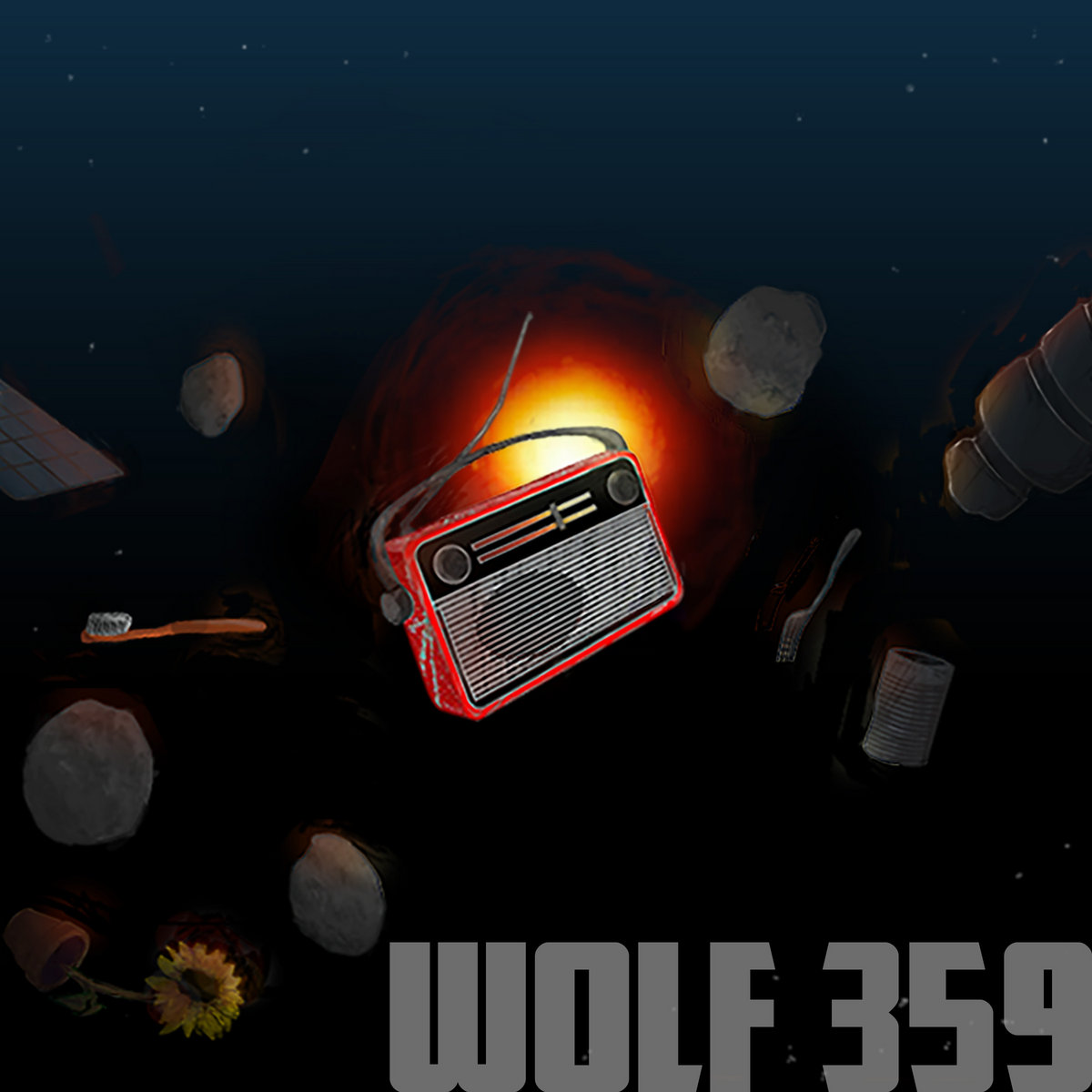
Composer Alan Rodi’s score (( Alan Rodi, Wolf 359 Soundtrack, Vol.1. Bandcamp, 2017. )) is an essential part of creating ambiance in a sound-only medium. His Wolf 359 tracks include many short, sharp electronic notes, with a focus on piano melodies. Certain tracks, like “Theme for the DSSPPM,” feature marimba-esque sounds that give a bit of levity to some of the lighter moments in space, whereas other tracks like “In Space Nobody Can Hear You Disappoint Your Parents” rely on the piano to portray a more contemplative mood. The absence of any sort of choir hammers in the idea that these people are alone in a vast and all-encompassing outer space. Music can switch from lighthearted to solemn and easily transitions from being played under dialogue to demanding the listener’s entire focus during a break in the story. Overall, the music gives the listener a sense of the mysterious beauty of being in space.
The Martian (2015)
Harry Gregson-Williams takes a more orchestral approach with his score (( Harry Gregson-Williams, The Martian: Original Motion Picture Score. Twentieth Century Fox Film Corporation, 2015. )) to Ridley Scott‘s 2015 film The Martian. Based on Andy Weir’s book of the same name, the film follows astronaut and botanist Mark Watney (Matt Damon) as he struggles to survive on Mars after a weather anomaly left him stranded alone on the planet. Much of Watney’s story is told either through visuals alone or through his own narration with a video diary, leaving much of the tone-setting to the score and the sweeping shots of Mars’s surface.
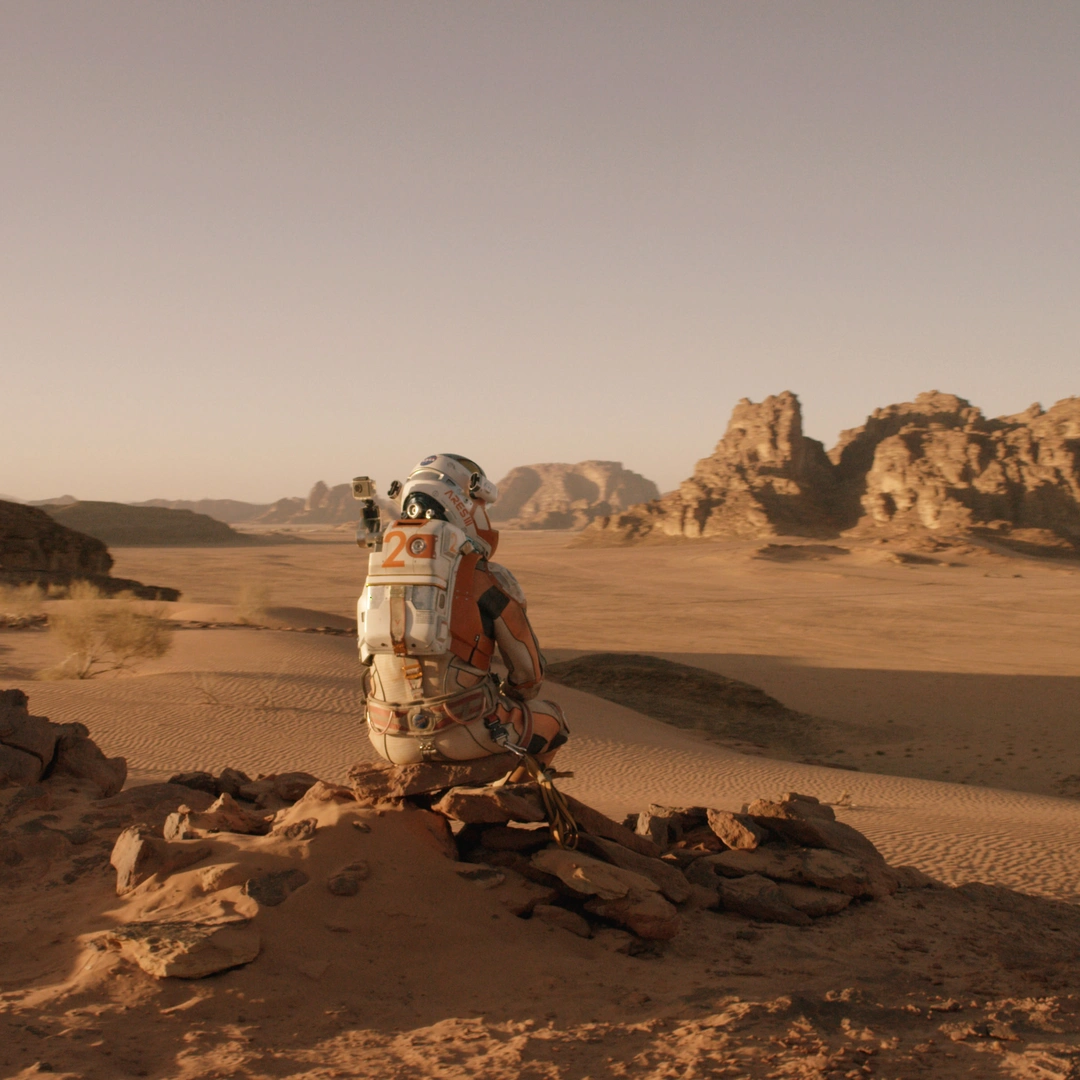
The Martian‘s score still utilizes shorter, more staccato notes, but unlike Wolf 359‘s, it makes use of the larger orchestra to create a robust background for these shorter phrases. Talking about his intentions for the score, Gregson-Williams explained that Watney’s “optimism, his love of science and problem-solving […] should be reflected in the music” and that “there was no reason for the music to be too dark for too long in this film.” (( “The Music Of ‘The Martian,’ Deconstructed.” All Things Considered from NPR, 30 October 2015. )) As evidenced in the track “Making Water,” harps and synthesizers in the score are blended with strings: as Gregson-Williams puts it, the score is “more organic with some synths bubbling around in the background.” Gregson-Williams explains that the music around Watney’s preparations to leave Mars uses a delayed, repeating harp melody to portray excitement.
In contrast, the opening track “Mars,” which plays over sprawling shots of the planet itself, correspondingly depends on long, drawn-out string notes with a more prominent yet soft electronic phrase. Even with the larger orchestra, the score in collaboration with the desolate visuals still evokes loneliness. No matter how excited one is about space, the fact remains that it is deadly and unknown, and Gregson-Williams’s score emphasizes just how vast an unexplored world feels.
Advanced Isolation On Earth
Loneliness can make someone feel like they are the only person on Earth, despite other people existing and going about their regular lives. In some media, characters might actually be some of the only people on Earth and feel an entirely different kind of loneliness. Once again, isolation scores have to make audiences feel an emotion that is simultaneously alien and familiar. The world itself is recognizable to us, and the feeling of loneliness is too, but scores must also portray the feeling that the world is different — emptier — from the one we know. And yet, the audience also needs to feel underlying hope that all will be alright in the end for the character.
A Quiet Place Franchise (2018-Present)
The films A Quiet Place (2018; John Krasinski) and its 2021 sequel are set in a markedly different Earth than the one we live in. In the world of A Quiet Place, monsters that are hypersensitive to sound have killed unknown numbers of people and have forced survivors to adapt to a life of silence to stay safe. The Abbott family struggles to survive while keeping the hope of a regular life alive. Composer Marco Beltrami’s score (( Marco Beltrami, A Quiet Place (Original Soundtrack Album). Milan Entertainment, Inc, 2018. )) sets the scene of a world left behind, using eerie music that sounds like wind chimes in the breeze.
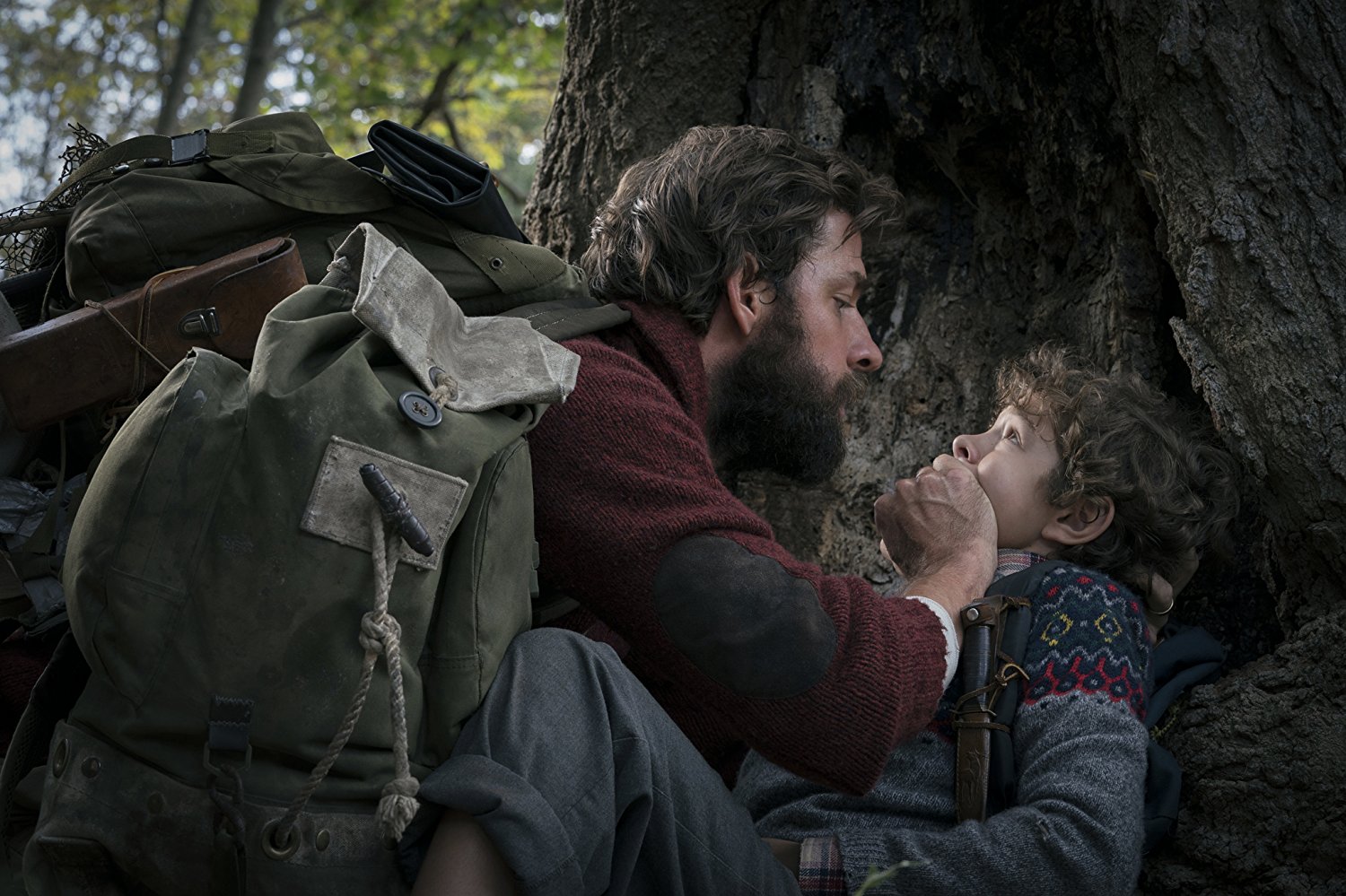
While much of the score focuses on the tension of being under attack by the monsters, certain tracks step back from the drama and focus on the family at the center of the crisis. In fact, Beltrami and Krasinski looked at the film as “first and foremost a family drama” (( Burton, Byron. “‘A Quiet Place’ Composer Couldn’t Afford Orchestra for Score.” The Hollywood Reporter, 12 April 2018. )), and the film’s understated score thus creates a tender mood focused on the human side of societal upheaval. The film’s low budget meant that Beltrami did not have the use of a full orchestra, which helps tracks like “A Quiet Life” and “A Quiet Family” feel more muted and isolated. Beltrami said he tuned down piano keys to mimic the family’s detachment from what music sounds like from months of silence (( Burlingame, Jon. “Marco Beltrami Explores the Sounds of Silence in ‘A Quiet Place’ Score.” Variety, 29 November 2018. )). The thought put into the score builds upon the themes in the movie to create a consistent atmosphere, yet again showing how essential music is to a film’s experience.
The sequel film expands upon this isolated yet lovingly compact score, with tracks “Leaving the Farm” and “Family Ties” top among them (( Marco Beltrami, A Quiet Place Part II (Music from the Motion Picture). Paramount Music, 2021. )). Each continues themes from the first film, perfectly capturing a feeling of hope and detachment from civilization within its chime-adjacent tone. Chords resolve themselves in a way that doesn’t stray away from the loneliness of the world but embraces it, letting the audience know that family and human connection of any sort is the antidote to isolation. To score a scene showing new interpersonal conflict in a respite from danger outdoors, the track “Show Me Your Face” makes use of long, drawn-out notes blending into one another as they move up the octave, giving the audience a chance to breathe and think about what step to take next. The song is warm yet cautious, mirroring the film’s attitude towards the characters struggling to maintain their humanity in the midst of constant danger. Overall, A Quiet Place is a story of hope against unthinkable odds, and its score reflects its message of perseverance against loneliness and isolation.
“Minecraft”
2009’s “Minecraft” has been a standout video game, with fans and streamers still playing more than ten years after its initial release. With updates still coming out regularly, this sandbox game shows no signs of slowing down for the fandom. The game is played in first-person, with the player encouraged to explore the open landscape, collect supplies to survive and thrive, and build complex structures and machines. Players can collaborate with other players in shared worlds, but “Minecraft’s” gameplay only requires a singular player, and many choose to explore the endless world alone. While there are other non-player characters in the game, from villagers to skeletons, there aren’t any other characters exactly like the player. In other words, the player is alone, isolated, in a world of possibilities and terrors.
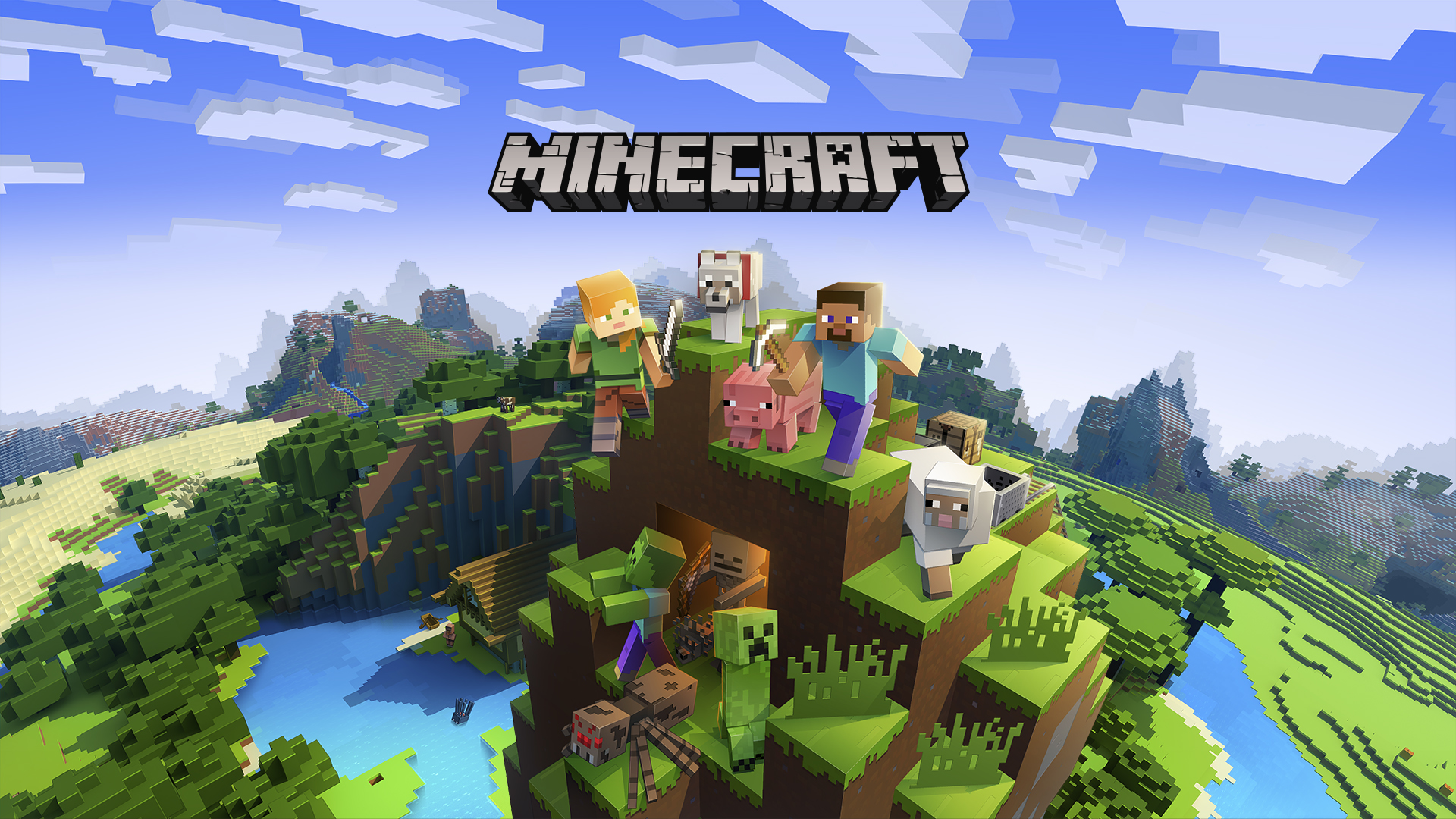
One of “Minecraft’s” most unique and memorable elements is its music, with original tracks composed by Daniel Rosenfeld, also known as C418. As Rosenfeld describes it, “Minecraft’s” music is emblematic of contrast and minimalism (( Rosenfeld, Daniel. “Who is Daniel?” C418. )). “Minecraft is a pixellated chaotic mess. The soundtrack however is very calm and often acoustic, even orchestral,” Rosenfeld writes. While “Minecraft’s” flexible storyline can be described as “messy” compared to tightly written narratives, the open concept of the game actually gives it a sense of freedom. Players are able to run in one direction and explore the world for hours on end if they wanted to, and having some music in the background to score the journey combines with the picturesque landscapes to make the player feel awe at the sprawling world of possibilities. Popular track “Sweden” begins with a soft piano melody, with the melody building and growing as strings briefly come in (( 3418, Minecraft – Volume Alpha. C418, 2011. )). The spaces between the short, separated notes remind the player of the vast space of the game. The music isn’t ominous, really; its soft and eerie tones help portray the complexities of feeling somewhere between fearful and hopeful, and sometimes both simultaneously. Players in “Minecraft” may be on their own, but the game’s music ensures that players feel content and even assured in their solitude.
A Soundtrack For Fictional And Real Loneliness
It’s no secret that everyone has felt isolated over the past few years. Existing feelings of loneliness have persisted, while new seclusion has popped up as a result of the pandemic. Even though the digital world has made it easier to stay in touch with others, the lack of physical gatherings can take a toll. Strangely, though, we can find comfort in turning to media that invokes isolation. Most stories, even if they don’t have a happy end, at least give off some semblance of hope, and all stories eventually come to an end. We are all hyperaware of how we have been lonely over the past year, and these scores remind us that we are not alone in our feelings in a time of endless loneliness. We can even find some hope out there.
